Introducing The Pegan Diet

Dr. Mark Hyman is a medical doctor making waves in the world of conventional diet wisdom. One of Dr. Hyman’s areas of expertise is critiquing the conventional diet dogma that saturated fat and animal products are deadly.
I recently attended the annual Academy of Integrative and Holistic Medicine (AIHM) conference in San Diego, California, where Dr. Hyman gave an incredible presentation debunking some of the research that’s given fat— and saturated fat specifically— a bad rep.
But what really struck me about his presentation was the new diet philosophy he briefly referred to at the very end of his presentation, which he calls the “pegan” diet.
It occurred to me that Dr. Hyman had just given me a term for my personal diet philosophy, which I’ve been slowly developing from my years of diet experiments and explorations. And I couldn’t be more ecstatic about it!
What is a Pegan Diet?
You can probably guess where Dr. Hyman got this catchy new diet name. But the combo between a Paleo and vegan diet seems rather counterintuitive and seemingly impossible, right?
Understanding and implementing this diet requires letting go of our natural human tendency to try to categorize everything in separate boxes. Admittedly, this is hard for some people (me) to do.
While these two diet camps are very much opposed to one another, each have elements that are crucial to optimal human health, as well as the health of our environment. Upon closer inspection, we see that the two diets can be complementary if some compromises are made.
Vegan vs. Paleo: Some Pros and Cons
The vegan diet emphasizes the importance of plants— and lots of them— for optimal health. I believe that an abundance of vegetables rich in minerals, antioxidants, and fiber is the cornerstone of a healthy diet
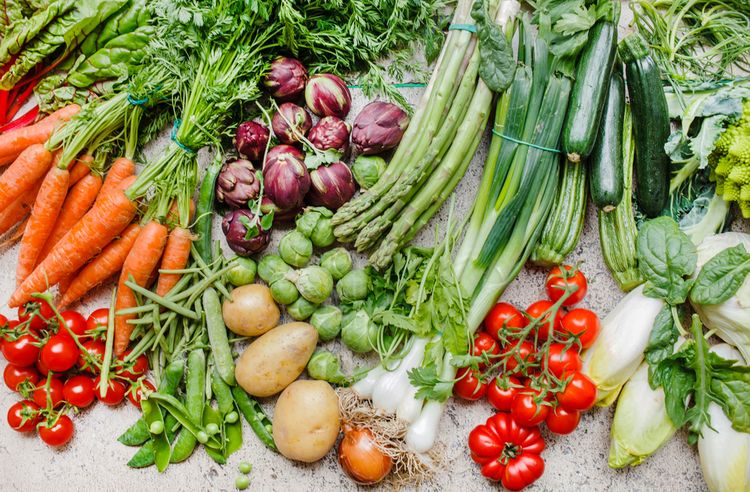
Vegan diets also emphasize the inclusion of plant-based fats like olive oil and avocado, which boast incredible nutrient profiles. This diet also promotes creativity in meeting protein needs from plant sources like grains, legumes, and nuts and seeds.
What I like about the vegan diet is that there’s often an argument for the health of the environment explaining the moral/ethical reasons for choosing to eat this way.
It’s true— conventionally produced animal products use up a lot of our water and make up a huge chunk of our carbon emissions, which are contributing to global warming. And that’s aside from the animal cruelty that occurs independent of the actual killing of the animal.
Because conventionally produced meat is eliminated in a vegan diet, this removes a huge toxic load on the body as well as a large portion of our carbon footprint.
Vegan diets, however, recommend that absolutely no animal products be included in the diet for these moral/ethical reasons and/or other health reasons. Vegan diets may also be quite carbohydrate-heavy in the absence of dense protein sources like animal meat.
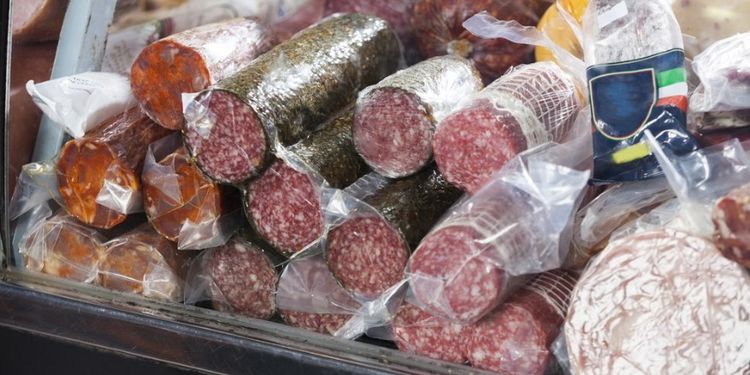
Enter the Paleo diet.
The Paleo diet acknowledges the importance of healthy animal products for optimal health. Healthy, non-conventionally raised animals that are free to roam and eat their natural diets (usually grass) will likely produce healthier food.
Not only is animal meat a source of complete protein containing all essential amino acid building blocks, animal products (especially when they’re grass-fed and pastured) also have nutrients that you may not get in large enough amounts from plants.
Vitamin B-12, for example, can only be found naturally in animal products. Fat-soluble vitamins like A, D, and K2 are only found in their active forms in fat from animals. These vitamins may also be more plentiful in animals fed their natural diet.
Non-heme iron (that is, plant iron) may be harder for our body to use than the heme iron found in animal products. This explains why vegetarians and vegans may be at higher risk for iron deficiency anemia.
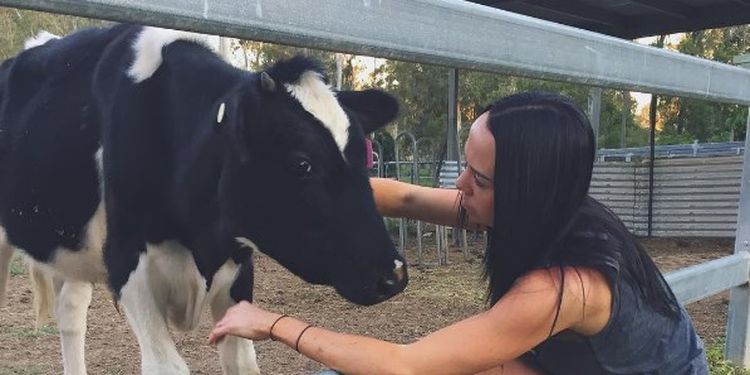
This makes sense when you think about it. Herbivores have more than one stomach and a different set of bacteria to extract what they need from plants. Cows even throw up their food back into their mouths in order to get a second round of chewing in! We don’t have the wiring to process plants like herbivores.
However, just as in vegan diets, there are areas of Paleo that could use improving.
Because meat is an option in this diet, there’s a higher chance that compromises will be made on meat quality, allowing for conventionally raised meat products to sneak their way into the diet.
Over time, small deviations from pastured and grass-fed organic meat sources may increase your toxic burden, increase inflammation, and have a larger contribution to our carbon footprint.
Just as vegan diets may tend to be more carbohydrate-heavy, Paleo diets may be too protein-heavy. Just because healthy animal products are good for you doesn’t mean you need animal meat for breakfast, lunch, and dinner.
For a diet to be truly Paleolithic, it should reflect a pattern of eating representative of what our hunter-gatherer ancestors would’ve eaten. It’s likely that they might not have hunted successfully 100% of the time. They might have gone days, or at least long periods of the day, without animal proteins.
Putting the Pros Together for a Healthy “Pegan” Diet
So you may already see where I’m going with this. But here are a few things to focus on to hybridize the pros of the vegan and Paleo diets for a successful pegan diet.
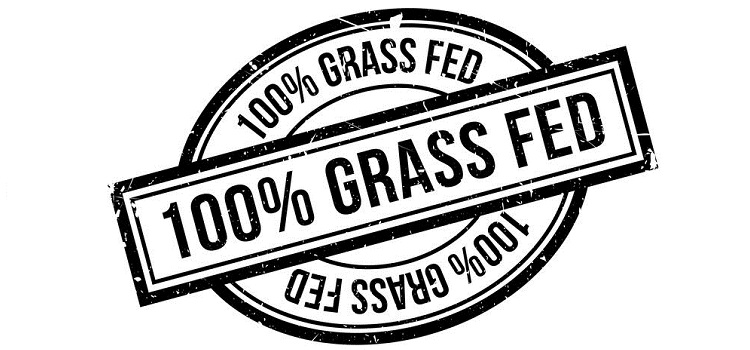
1. Don’t Compromise Meat Quality
As mentioned above, two of the main arguments against meat consumption are that they’re bad for the environment and bad for our health.
It’s true, conventionally raised cows produce huge amounts of methane gas that can contribute to global warning.
But there’s a valid argument that properly pasturing cows on specific types of landscapes can actually reduce carbon emissions and replenish our mineral-depleted soil. This is a fascinating topic. For more information, see reference one in the references section.
As far as health concerns go, grass-fed pastured animals can produce a much healthier meat than conventionally raised animals. And as Dr. Hyman pointed out in his talk at the conference, most observational studies looking at meat consumption don’t specify if the meat is from these healthier animals.
If healthy, ethically raised meat isn’t an option, it’s okay and probably more Paleolithic to sometimes go without it. Dave Asprey, founder of Bulletproof Executive, has reported on the health benefits of protein fasting and recommends an occasional abstinence from all types of protein.
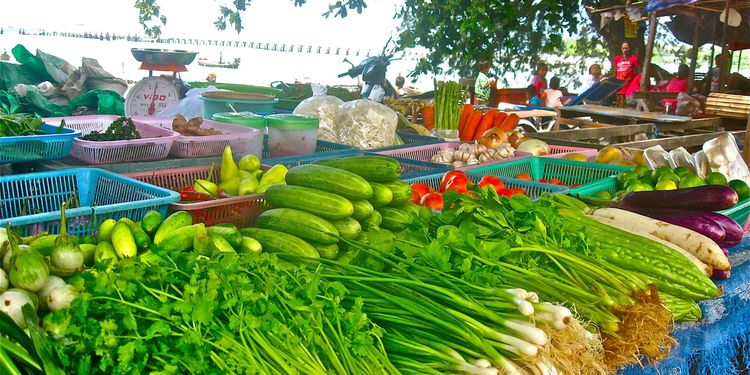
2. Fill Most of Your Plate with Vegetables (and Some Fruit)
Eating a plant-based diet can be achieved regardless of the inclusion of meat. Just eat mostly vegetables!
The common theme in any healthy diet is eating a lot of vegetables. I usually include mostly cooked vegetables, though some are raw. I also make sure to eat a wide range of vegetables, including cruciferous plants, leafy greens, and deeply colored vegetables and lower-sugar fruits.
3. Eat Fiber-Rich Foods
If you’re going to eat carbs, make sure your carbs come with fiber. Fiber is so important for feeding your good bacteria, maintaining frequent bowel movements, avoiding spikes in blood sugar, and even lowering cholesterol!

This can be in the form of seeds like flax or chia that have semi-soluble fiber that forms a gel-like substance and adds bulk to the stool. These are actually relatively low in carbs and higher in healthy fats.
Or it can be in the form of whole grains and legumes. While these foods can be problematic for people with sensitive gastrointestinal tracts, they come with a lot of insoluble and soluble fiber. If you’re going to include these products, consider soaking or sprouting them before cooking to increase nutrient availability.
Vegetables are also high in fiber, so if you’re implementing the previous step, you should be well on your way to achieving your fiber quota. Although fruits have relatively high amounts of fiber, they’re also high in sugar (some more than others) and may need to be eaten in moderation. Focus on eating lower-sugar fruits (like most berries).

4. Mix It Up!
As Dr. Hyman so nicely put it, food is not just calories. It’s information. The more we learn about epigenetics, the more we learn that environmental factors like food can modulate vital bodily processes at the level of our genes.
So we want to give our genes a variety of healthy bits of information from our food!
If we think about it from an ancestral perspective, it’s not likely that we’d eat the same three foods every day, especially in nomadic groups. We’d also have to eat in accordance with what’s available seasonally.
Mixing it up also involves noticing some of the common themes in seemingly contrary popular diets. Rather than feeling the need to adhere strictly to one diet camp, try implementing specific characteristics from different types of diets that makes sense to you.
After all, diets are not a one-size-fits-all approach. We’re individuals with individual needs. I encourage you to try something like a pegan diet or some other hybrid diet that capitalizes on the strengths of multiple eating styles in order to personalize and add balance to your meals.
